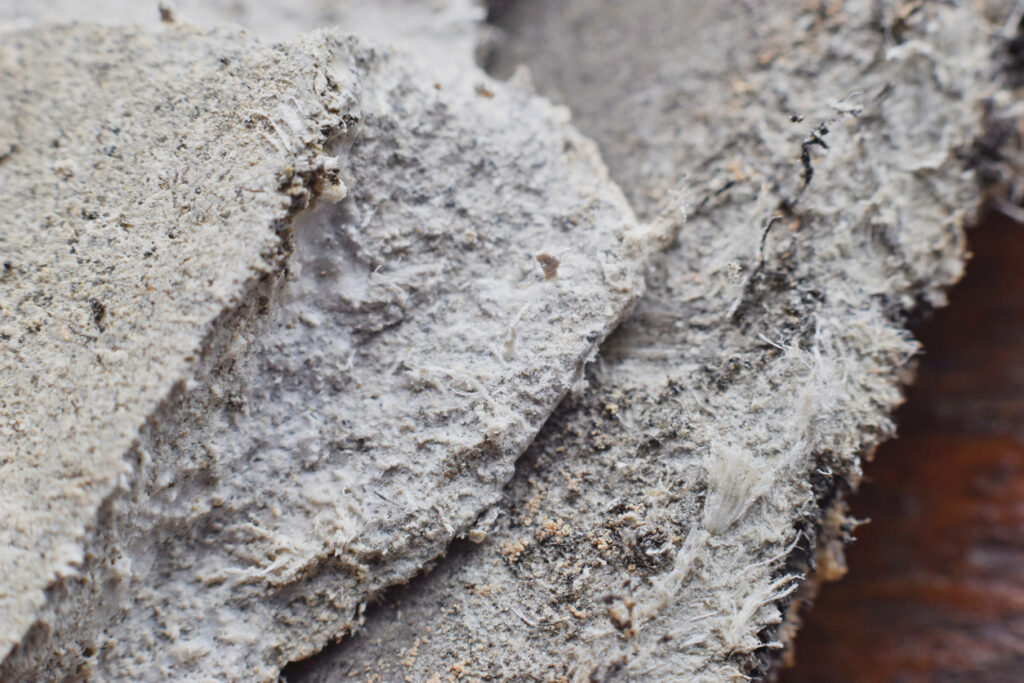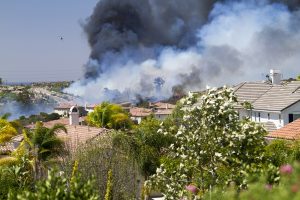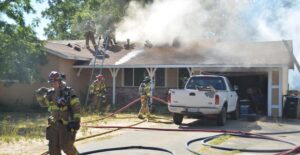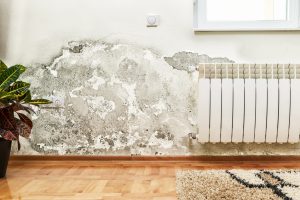
Damaged insulation in an attic, friable tiles during a renovation, or airborne fibers from deteriorating siding in a commercial building, these are dangers that endanger respiratory health, not merely structures. Each moment they persist, exposure escalates. That’s why our specialists remain available around the clock. Evenings, Saturdays, Sundays, special occasions, when the issue arises, we mobilize.
These threats are seldom apparent. A wall might seem intact yet harbor loose fibers capable of releasing chrysotile or amosite. Ventilation pathways can distribute particles well beyond the point where visible damage is evident. That’s why effective abatement starts with a thorough assessment of the risk, prior to any material being disturbed.
What building managers often overlook:
Our initial approach:
Skip a step, and you invite ongoing dispersal, rejected filings, and heightened inhalation dangers. We craft the blueprint correctly, from the outset.

Fibers don’t settle. They disperse. What starts as a minor disturbance from renovation work or natural wear can migrate into ceilings, vents, and padding in a day. In enclosed or drafty spaces, particles become inhalable swiftly, and circulating air carries them rapidly.
Without our asbestos removal services, the issues include:
We’ve witnessed small exposures balloon into comprehensive overhauls due to procrastination. Without our asbestos removal, every delay counts.

Numerous firms offer “handling” yet provide superficial efforts. Disturb, bag, and depart. Such approaches leave residues, hazards, and fragments lingering, unseen yet perilous. Genuine asbestos removal delves further.
Our accredited method encompasses:
We don’t merely clear the evident debris. We eradicate the origin and reinstate building integrity. That’s why our projects clear third-party validation checks, consistently.
Airflow and confined spaces amplify any asbestos issue. Combine fibrous elements, padding, tiles, siding, and an optimal setting for dispersal emerges. In Ventura, Santa Barbara, and Santa Clarita regions, we observe consistent trends.
Typical vulnerability elements:
Deteriorating wraps on outdated plumbing
Inadequately contained lofts and lower levels
Ventilation units pulling hazardous particles via intakes
Vermin activity in overhead spaces and outbuildings
Once fibers encounter drafts and a settling medium, they propagate. That’s why we don’t simply extract. We pursue the root, resolve the concealed threat, and fortify the site against subsequent occurrences.

Give our team a call 24/7 for immediate service whenever your property is damaged.

We’ll respond right away and begin assessing and mitigating the damage.

Your property is in great hands. We’ll make sure the damage is restored and your property is back to normal as soon as possible.

Amateur efforts using basic tools, coverings, or borrowed extractors generate added perils. You stir up fragments, vaporize hazards, and overlook the underlying issue. Furthermore, coverage providers frequently reject submissions if you undertake initial handling prior to expert involvement.
Expert abatement is the sole method to:
Our personnel hold AHERA credentials, supported by environmental specialists, and drilled in EPA-adherent practices. We understand fiber concealment spots and elimination techniques.
Let’s dispel the falsehoods with evidence that counts:
Myth: Basic cleaners and coverings neutralize it.
Fact: Everyday solutions might mask marks, but they fail to bind fibers like crocidolite or tremolite. In fact, they can liberate additional particles.
Myth: If it appears undamaged, it’s harmless.
Fact: Materials and particulates embed in ceilings, underlayers, and ventilation lines. Unseen dispersal poses the greatest peril.
Myth: Circulating air disperses the threat.
Fact: Activating drafts or extractors disperses inhalable fragments across the facility.
Myth: Minor asbestos findings aren’t significant.
Fact: A slight tile crack or wrap tear can unleash fibers leading to grave respiratory harm.
Myth: It only impacts those with compromised defenses.
Fact: Inhalation endangers all, from irritations and scarring to chronic pulmonary impairment.






We don’t speculate. We rehabilitate.
Inspection and Sampling
Comprehensive review of the facility, linings, underlayers, vents, lofts, sublevels. Third-party sampling verifies fiber levels.
Origin Isolation
No origin, no risk. We follow insulation, tile fragments, or siding releases to the intrusion site.
Isolation
Pressure differentials, poly enclosures, and sealed portals. Hazards remain isolated.
Air Purification
HEPA units trap fragments below 0.3 microns. Nearby zones stay protected.
Targeted Extraction
We extract solely what’s irreparable: linings, padding, tiles. Reusable elements are coated and secured.
Encapsulation and Deactivation
EPA-endorsed binders immobilize fibers. PCM (phase contrast microscopy) sampling verifies zones are clear.
Extraction and Fortification
Advanced extractors and circulators remove residual traces. We recommend enhancements, barriers, airflow adjustments, to avert repetition.
Reconstruction and Rehabilitation
After validation by a third-party specialist, we reconstruct linings, coatings, and finishes. Single team. Single billing. Single thorough outcome.

This is where many owners sense isolation. Providers minimize asbestos claims, labeling them “upkeep” or “site-related.” That’s their strategy to sidestep complete settlements. Ours differs. We advocate on your behalf.
We record with empathy and accuracy:
We recognize you’re beyond submitting forms. You’re navigating disturbance, absence, or interruption. Our function surpasses extraction; it’s securing your site, your lungs, and your economic rebound.
That’s why our records don’t merely meet provider standards. They compel them to approve total extraction and reconstruction. With us, you don’t battle solo.
These risks intensify with time. That’s why we deploy asbestos removal promptly. No delays, no rationales. Each request is handled as if it’s our personal asset at stake.
Complete assurance begins with Total Restoration.